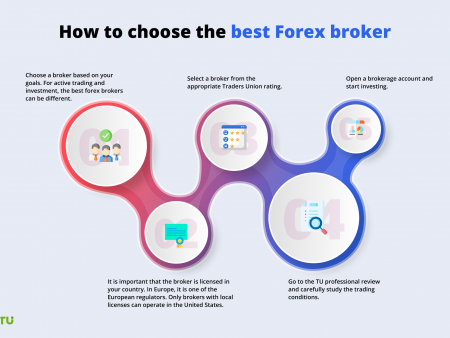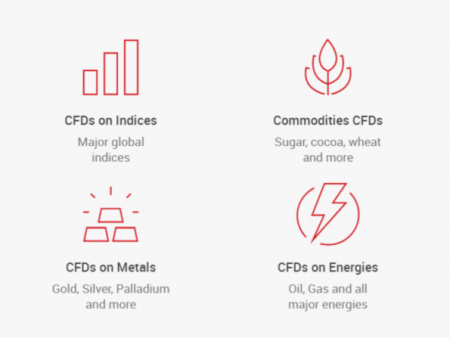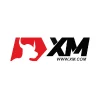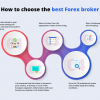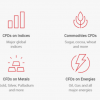
Order blocks are a unique trading strategy that allows you to anticipate the future direction of the market. This strategy helps you to determine what the major financial institutions are doing, as well as what price movement will come next. However, finding order blocks is not always easy. In this article, we’ll look at the importance of order blocks in the forex market and provide you with several tips on finding them.
The forex market uses a number of different currencies, which are traded in pairs. The price of one currency varies from one pair to another. By placing a trade, you buy one currency and sell another. When the value of one currency rises, you get your profit. The opposite move makes you lose money.
Once you have made the decision to enter a forex position, monitor it carefully. This means you’ll need to monitor the prices and stay up to date with the forex market. Your trade may close automatically if you hit an order, but if it doesn’t, you can manually close the position. You’ll need to keep an eye on the spread, which is 0.8 points for the GBP/USD.
A short position, on the other hand, means you sold your currency in anticipation of its value falling. You then plan to buy it back at a lower price. In other words, you’re selling your currency for less than you sold it for. If the Euro depreciates against the Dollar, you would sell the Euro for USD 1.1916. When the value rises, you’d buy back the currency at a higher price.
The basic principles of forex trading are the same as those of any other market. As with any trading endeavor, trading in forex is a potentially risky endeavor. Whether you’re an experienced trader or just new to the market, you must be willing to accept the risks and rewards that accompany the process. You’ll always be buying and selling a currency.
While most financial markets are influenced by major events around the world, the FX market is especially sensitive to these events. While some currencies are more sensitive to local developments than others, currencies are highly responsive to geopolitical events, which impact trade, interest rates, and capital flows. You’ll need to know what these events mean for your trading.
Forex trading involves two major types of markets: high liquidity and low liquidity. High-liquidity currencies are those that have a large, ready market. High liquidity currency pairs have predictable price action, and the U.S. dollar is the most traded currency in the world and appears in six of seven of the most liquid currency pairs. Low liquidity currencies are those that are not traded with large lot sizes, and are often foreign or developing-country currencies. These currencies are sometimes paired with currencies from developed nations.
A trader with a small amount of capital can open a $30,000 position on the EurUsd market with a leverage of 1:30. Using high-leverage can produce significant profits, but it can also lead to big losses. As with any market, there are risks and rewards to consider when trading in foreign exchange.
